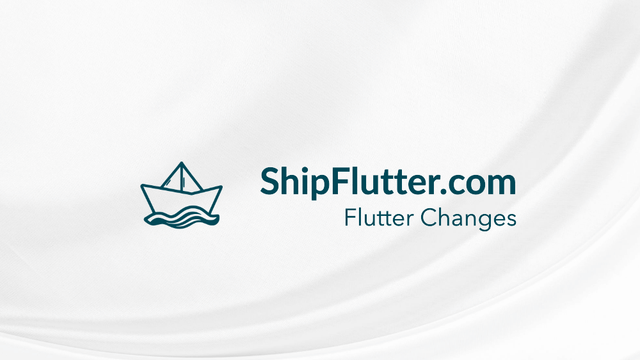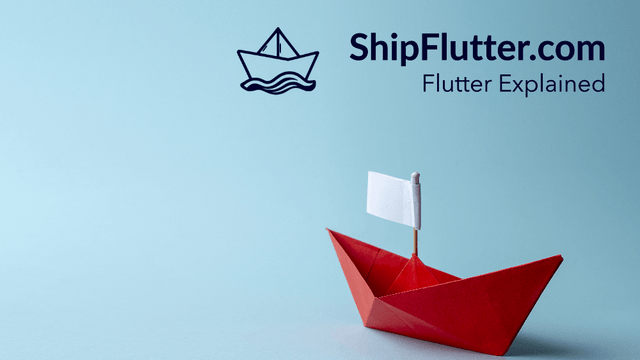In the ever-evolving world of app development, Flutter has emerged as a popular framework for creating cross-platform applications. Two tools that have gained attention in the Flutter ecosystem are Flutter Flow and ShipFlutter. While both aim to simplify the development process, they cater to different audiences and offer unique features.
In this article, we’ll compare Flutter Flow and ShipFlutter to help you decide which tool best suits your development needs.
Flutter Flow vs ShipFlutter: A Comparison
Flutter Flow
Flutter Flow is a no-code visual development platform that allows users to create Flutter apps without writing code. It offers:
- Visual drag-and-drop interface
- Built-in Firebase integration
- Code export functionality
- Real-time preview
- Custom widget creation
ShipFlutter
ShipFlutter, on the other hand, is a customizable starter kit for developers. It provides:
- AI-powered project generator
- Responsive design for Android, iOS, and Web
- Firebase integration
- Vertex AI capabilities
- Modular architecture
- Production-ready codebase
Key Differences
-
Target Audience:
- Flutter Flow: Primarily for non-coders and designers
- ShipFlutter: Tailored for experienced Flutter developers
-
Development Approach:
- Flutter Flow: No-code visual development
- ShipFlutter: Code-based development with AI assistance
-
Customization:
- Flutter Flow: Limited to available components and visual editor
- ShipFlutter: Fully customizable codebase
-
Scalability:
- Flutter Flow: May face limitations for complex apps
- ShipFlutter: Designed for scalable, production-ready applications
-
AI Integration:
- Flutter Flow: Limited AI capabilities
- ShipFlutter: Integrated with Vertex AI for advanced features
Why ShipFlutter is Better for Developers?
For experienced Flutter developers and programmers, ShipFlutter offers several advantages:
-
Full Code Control: Unlike Flutter Flow’s no-code approach, ShipFlutter provides complete access to the codebase, allowing developers to fine-tune every aspect of their application.
-
AI-Powered Development: The AI-powered builder helps generate and customize projects, potentially speeding up development without sacrificing control.
-
Modular Architecture: ShipFlutter’s modular design allows developers to select and pay for only the features they need, promoting a lean and efficient development process.
-
Production-Ready: The starter kit is designed to be scalable and production-ready, saving time on initial setup and configuration.
-
Advanced Integrations: With Firebase and Vertex AI integration, ShipFlutter offers powerful backend and AI capabilities out of the box.
-
Responsive Design: The built-in responsive design ensures that apps work seamlessly across Android, iOS, and Web platforms.
-
Customization Freedom: Developers can easily extend and modify the codebase to meet specific project requirements without being constrained by a visual editor.
Conclusion
While Flutter Flow offers an excellent solution for non-coders and rapid prototyping, ShipFlutter emerges as the superior choice for experienced Flutter developers and programmers. Its combination of AI-powered tools, modular architecture, and production-ready codebase provides a robust foundation for building complex, scalable applications.
ShipFlutter’s approach aligns well with the needs of professional developers who require full control over their code while benefiting from time-saving features and integrations. By offering a customizable starter kit rather than a no-code solution, ShipFlutter empowers developers to create unique, high-performance Flutter applications efficiently.
Ultimately, the choice between Flutter Flow and ShipFlutter depends on your development experience, project requirements, and long-term goals. For those who value code control, scalability, and advanced features, ShipFlutter stands out as the tool of choice in the Flutter development ecosystem.
Bootstrap Your app with ShipFlutter
A fully customizable starter kit to seamlessly launch responsive Android, iOS, and Web apps with Flutter powered by Firebase and Vertex AI.




